By Emma Blane |
03 Oct 2025
An Affair in Seven Parts
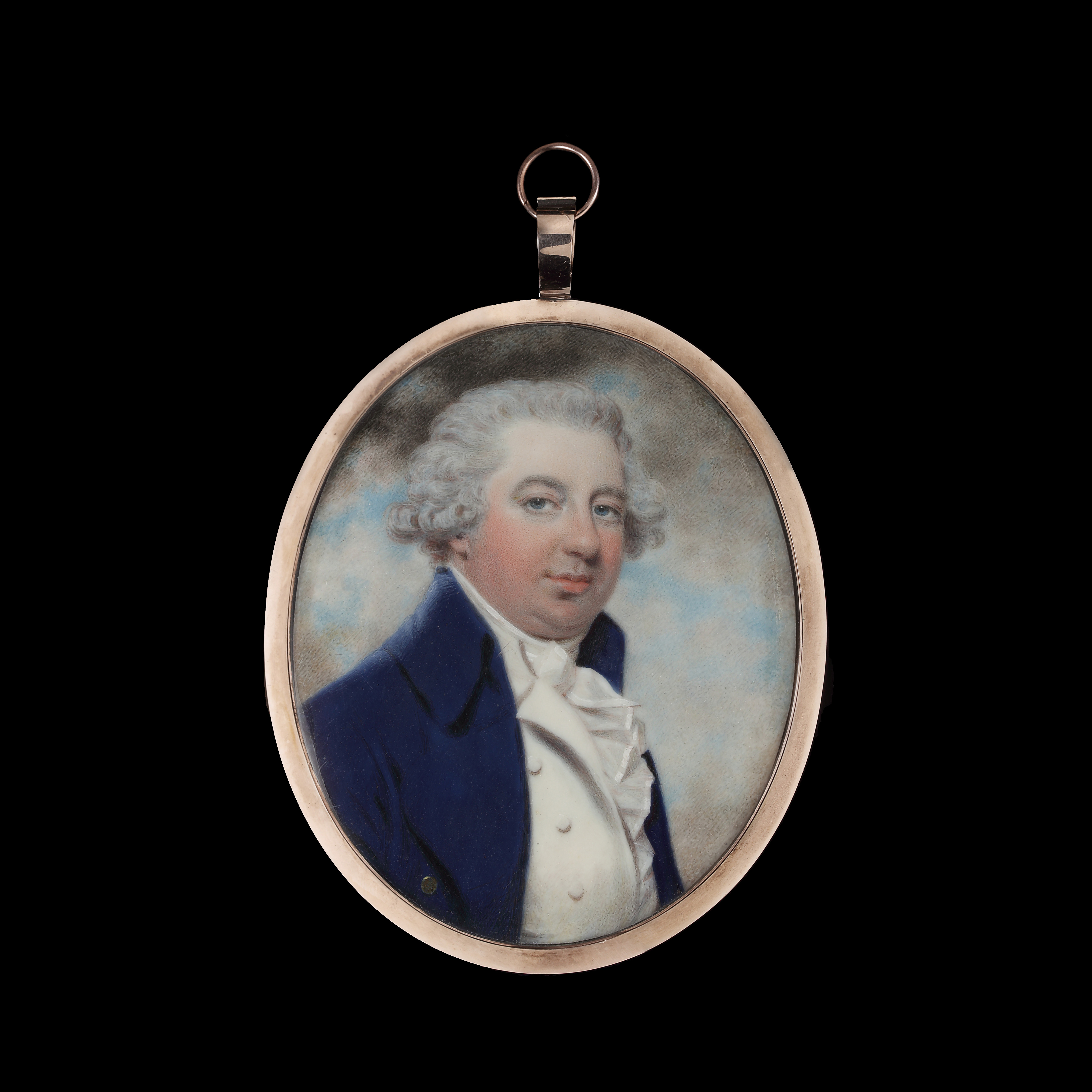
Fig. 1: JOHN DOWNMAN (1750-1824), Portrait miniature of George Carpenter, 2nd Earl of Tyrconnel (1750-1805), wearing a blue jacket with a white waistcoat and cravat, his hair powdered; circa 1790, oval, 8.2 cm (3 1/5 in) high
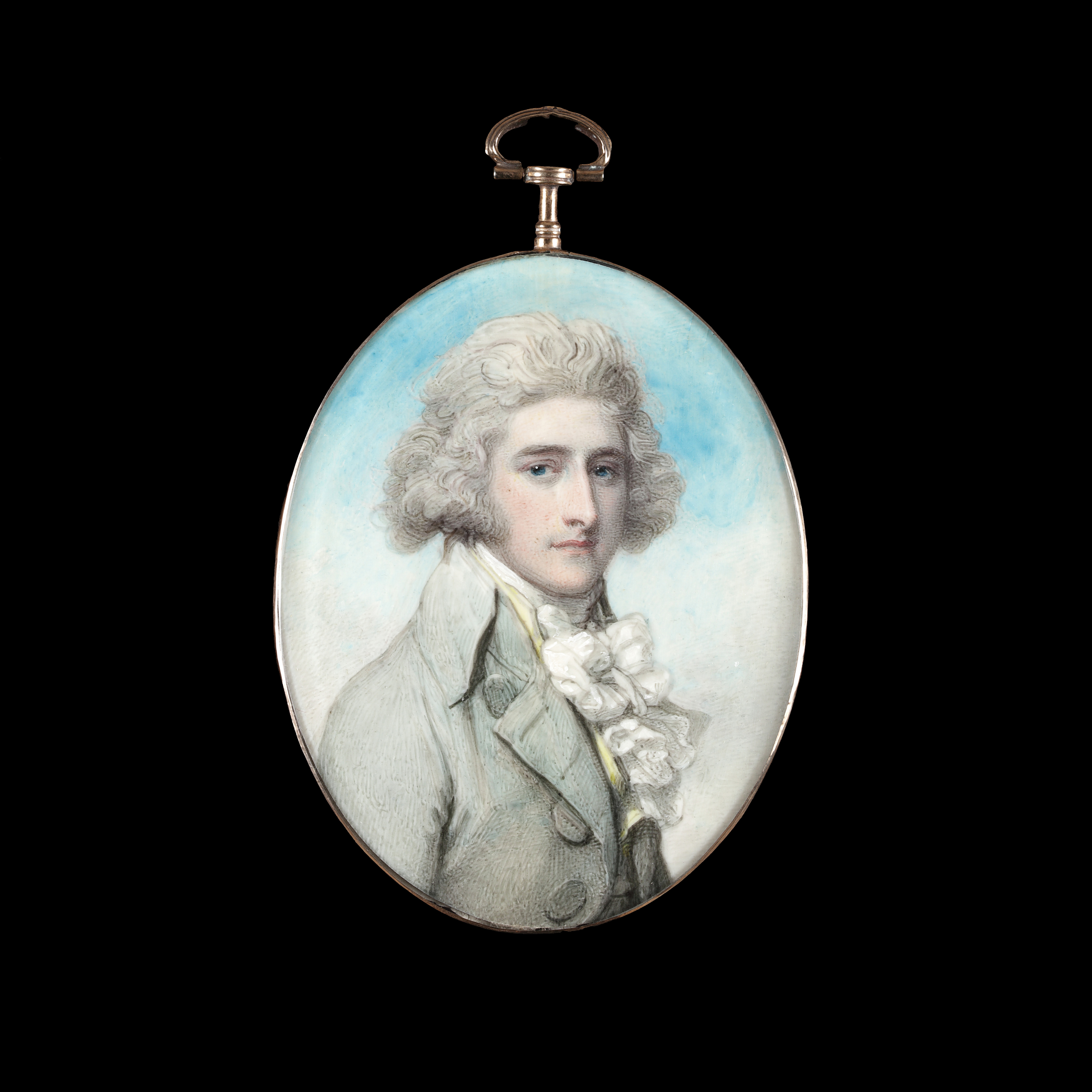
Fig. 2: RICHARD COSWAY (1742-1821), Portrait miniature of John Bowes, 10th Earl of Strathmore (1769-1820), wearing a light blue coat, yellow waistcoat, and white frilled cravat, his hair powdered white; 1791, oval, 8.6cm (3 2/5in) high
-Francis Seymour Conway, 1st Earl Hertford, to Horace Walpole, 20 July 1776. [1]
The news of the divorce had travelled, and was even reaching figures like Walpole, as demonstrated by the extract from the letter to him above. Here would be a good point at which to explain the significance of the coverage in Town and Country, too. This magazine, which was published monthly between 1769 and 1796, focused largely on the affairs of the upper class in the period, outlining situations like these in which divorce and infidelity had come to light. One particular section, The Histories of the Tête-â-Tête, detailed the stories of affairs, with blanked-out names of those involved, whose identity could be guessed easily given their portraits were featured at the beginning of the section.
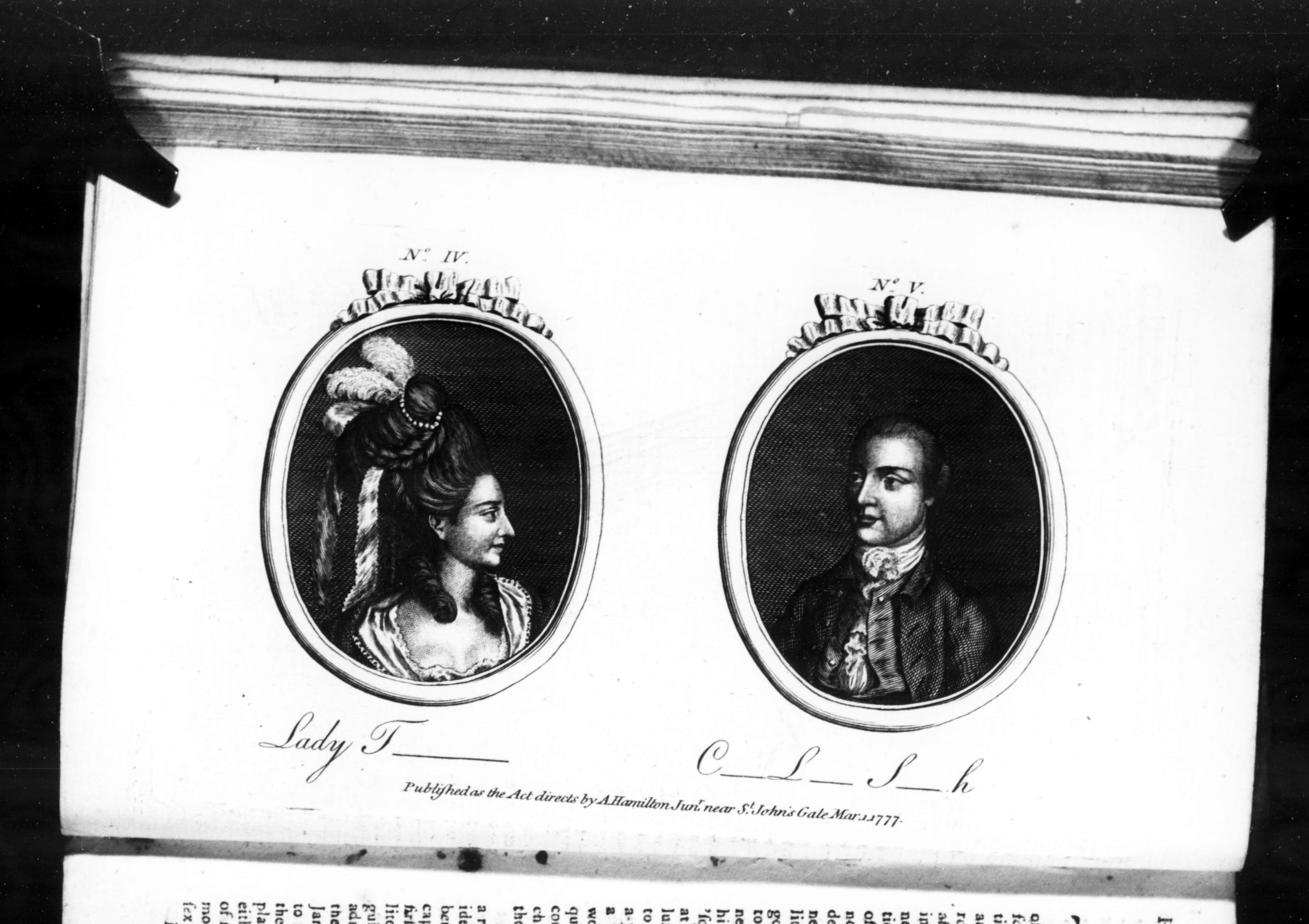
Fig. 3. From Town & Country Magazine, February 1777, opp. p. 65. (taken from archive.org[3])
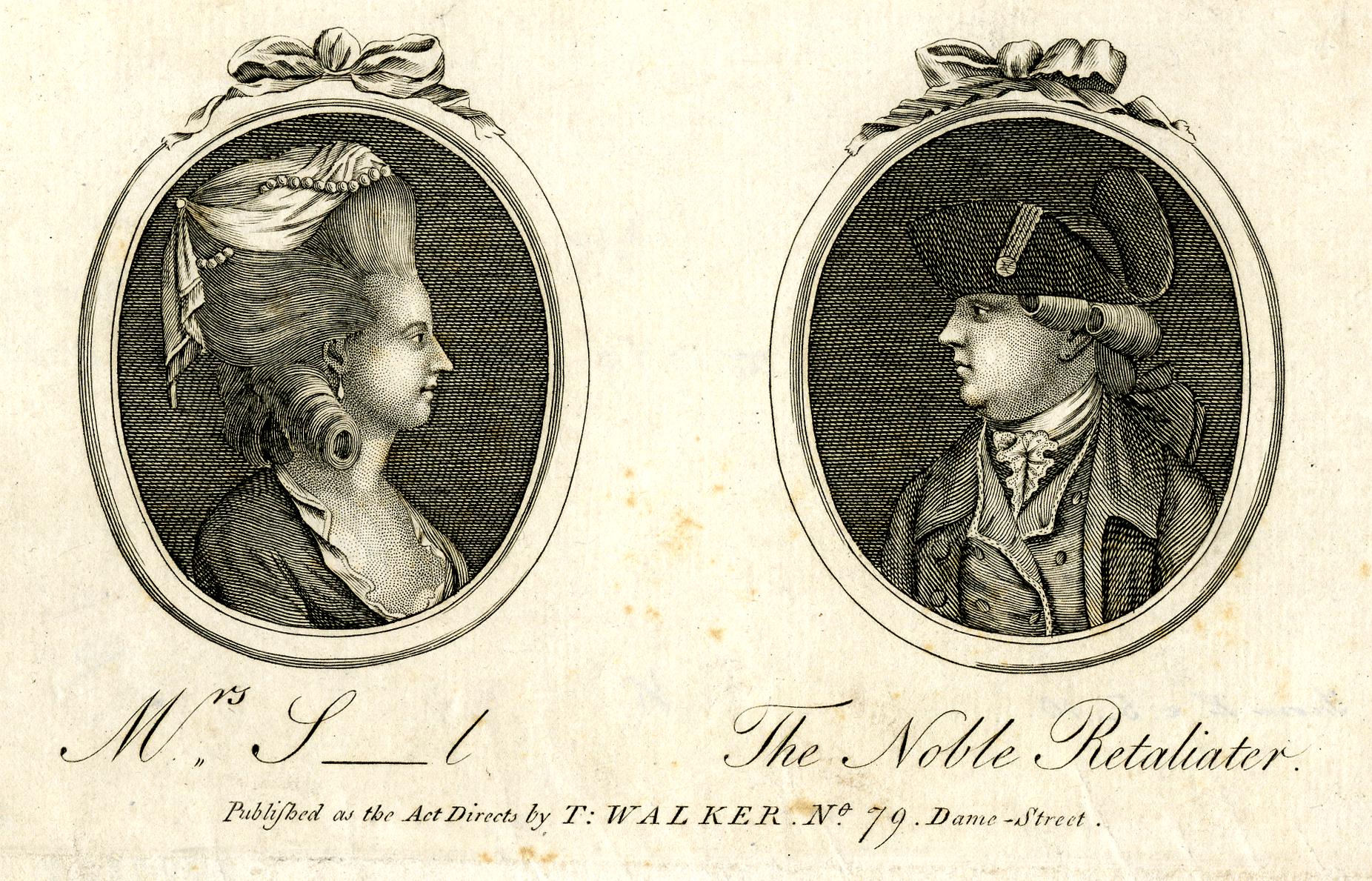
Fig. 4. British Museum Prints & Drawings, Ee,5.10, taken from Town & Country Magazine, June 1779[4], opp. p. 289.
People were clearly aware of Tyrconnel’s love life and the perceived failures he experienced. According to the article, he travelled widely after the collapse of his previous marriage, to Dublin, Paris, Florence, Venice, and The Hague, meeting many women along the way. Upon his return to England, he began to pursue Elizabeth Sewell, who was married, but, ‘a favourable opportunity made him forget that she was boand by all the ties of matrimony to another man.’[5]. Perhaps Tyrconnel felt that he was getting back in some way by doing the very thing to another woman that Smith had done to break him and Frances apart. Or perhaps it was true love.
The latter can be confidently dismissed, given that, after divorcing her husband in 1778, Elizabeth did not run away with Tyrconnel, but instead a ‘military cher ami’. Once again, he was left alone.
This second marriage was more successful than the first when it came to children- the pair had a son, who died in 1790, and a daughter, Susannah (d. 1827). However, as would be assumed inevitable at this point, fidelity was not a strong point in the relationship. In 1787, Sarah embarked on an affair with none other than Frederick, Duke of York and Albany (1763-1827), who had just returned to England from Hanover, where he had lived as Prince-Bishopric of Osnabrück.
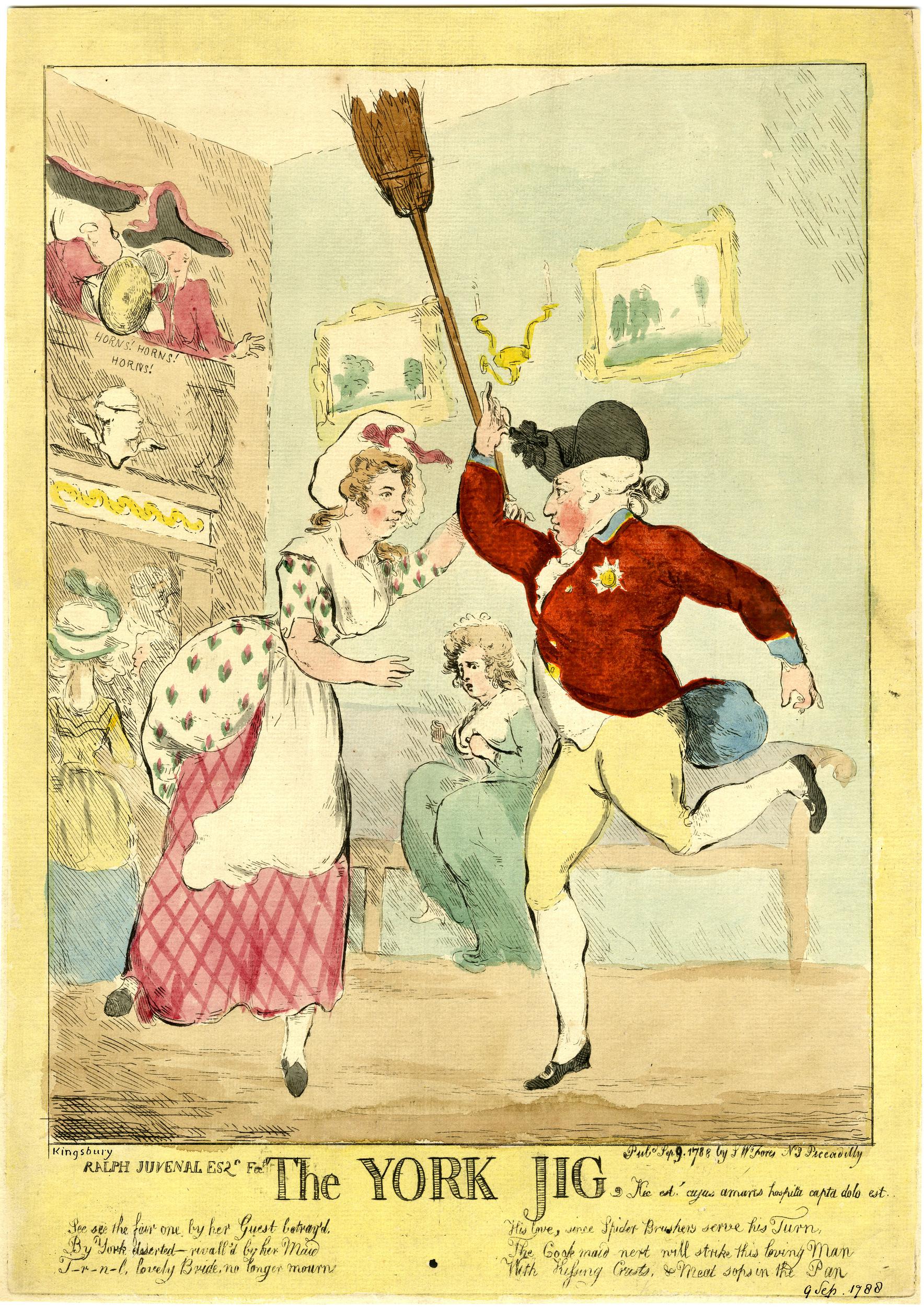
Fig. 5. ‘The York Jig’, printed by S. W. Fores, September 1788, copy in the British Museum, 1868,0808.5786.
By York deserted - rivall'd by her Maid
T-r-n-l, lovely Bride, no longer mourn
His love, since Spider Brushers serve his Turn,
The Cook maid next will strike this loving Man
With Kissing Crusts, & Meat sops in the Pan.'
You may have forgotten that Sarah was still married to Tyrconnel- despite having spent so much time away from him. Their marriage appears to have survived this hitch, though the worst was yet to come.
The plot of The Fair Penitent sees Calista torn between her Fiancé and lover. In Sarah’s story, her participation in the play tore her in two directions, between her husband and her new lover, John Bowes, 10th Earl of Strathmore.
Finally, a connection between the miniatures has arrived!
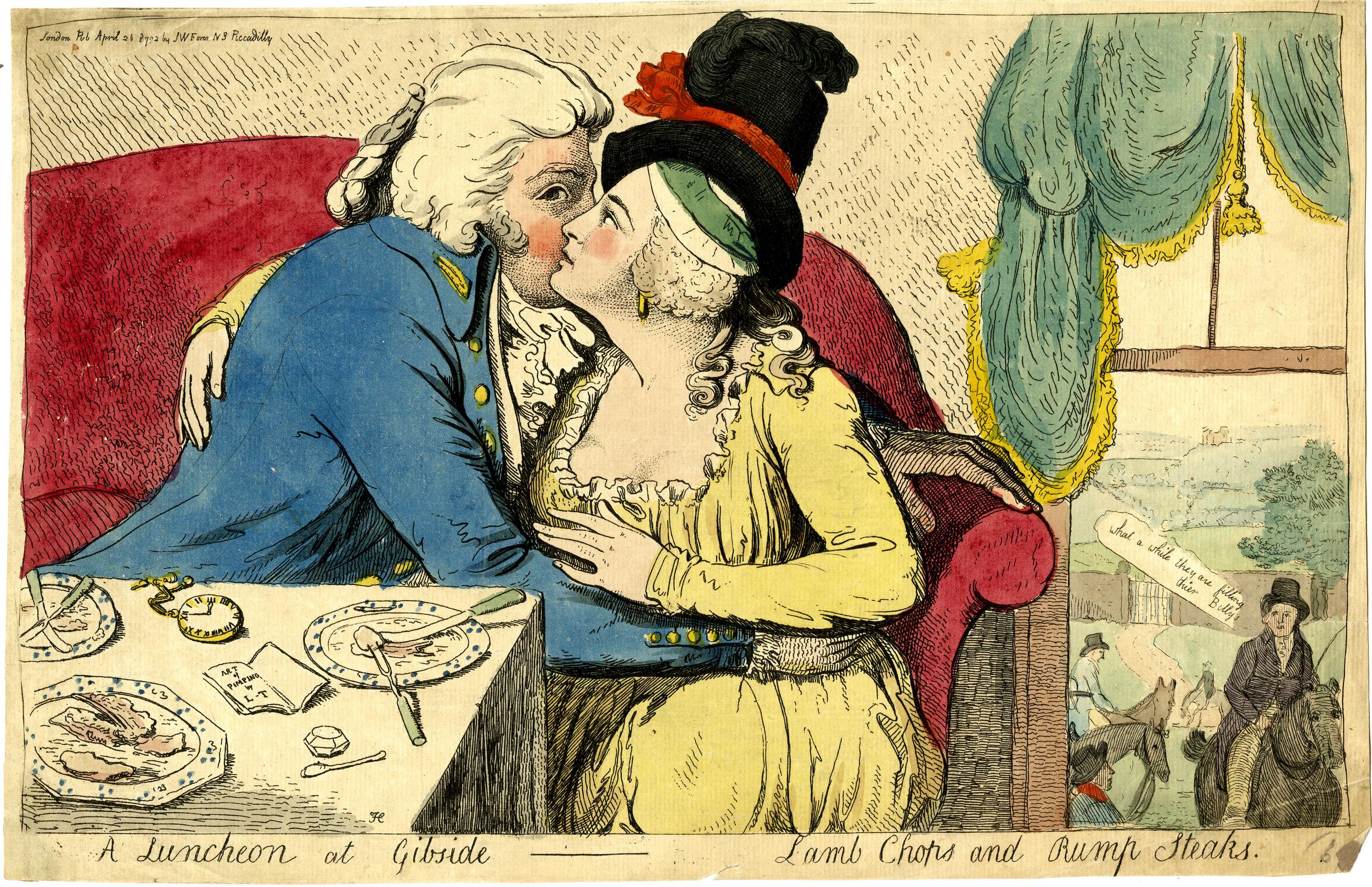
Fig. 6. Isaac Cruikshank, ‘A Luncheon at Gibside- Lamb Chops and Rump Steaks’, 1792, British Museum, 1868,0808.6185.
Strathmore was probably no stranger to women’s affections, too. His father had been called one of the most attractive men in the country, and Cosway’s portrait of the younger Strathmore is a testament to his dashing looks. Despite this, he was not married when he met Sarah. Following the acquaintance, she began to visit him in the North, staying at his various estates. One of these was Gibside, the setting for the satirical print shown in figure 6. Our lovers are depicted seated for lunch- a feast of Lamb Chops and Rump Steaks (possibly a reference to the Irish roots of the Tyrconnels and the Scottish roots of the Strathmores). On the table lies an open pamphlet, entitled ‘The Art of Pimping by L.T. [Lord Tryconnel]’, and through the window, Tyrconnel himself can be seen on a horse, waiting for his wife. He declares:
It was also public knowledge that Sarah was living at Gibside in the last years of the eighteenth century. Once again, our ‘noble retaliator’ has been left alone. As James Duff, 2nd Earl of Fife (1729-1809) commented in 1791:
‘This Lord will never keep a wife, he must tie the next to the bed post.[7]’
‘Her Ladyship was in her 36th year of her age, and died at the seat of Lord Strathmore, at Gybside, near Newcastle, in the County of Durham, where she had been on a visit to his Lordship, having left her father’s house in Portland place only about a fortnight before. The immediate cause of her death is supposed to have been a violent cold caught in her journey.[9]’
Despite every attempt to make it seem like Sarah was not just living with her lover, it became known that she was with him when she died. Her funeral was grand, and she was buried at Westminster Abbey, where she had a family vault. It was recorded by Raconteur and Author Augustus Hare that her ghost haunted Gibside, but as with many of the sources here, he may have been exaggerating ever so slightly.
Susannah herself was drawn by Downman, the artist responsible for the portrait of her father currently with The Limner Company (fig.1), on multiple occasions. Many of these drawings now survive in the British Museum department of Prints and Drawings.
I believe this information comes from a letter written in 1802 by the brother-in-law of Tyrconnel, Sir Ulvedale Price (1747-1829)[12]. He mentions Lord Tyrconnell coming from the North, where he has been settling the marriage of his daughter and Strathmore. This marriage did not go ahead, but what may be most shocking to the modern mind is the fact that he considered this and visited Strathmore to settle the matter. In fact, Ulvedale Price states that he hears Strathmore is a good man and wishes the marriage well. At the point at which the letter was written, Tyrconnell was genuinely considering it.
Our ‘Noble Retailiator’ has not retaliated and remains surprisingly noble in this situation. This is where we leave him. He did not marry again and died three years later, in 1805.
John Bowes Jr. went on to found the Bowes Museum that exists today. His mother married his tutor, William Hutt. As far as the tales recounted above go, this was a story that had a happy ending.
[2] R. Thorne (ed.), The History of Parliament: the House of Commons 1790-1820, 1986.
[3] https://archive.org/details/sim_town-and-country-magazine-or-universal-repository_1777-02_9/page/64/mode/2up
[4] For the magazine itself, see https://archive.org/details/sim_town-and-country-magazine-or-universal-repository_1779-06_11/page/288/mode/2up
[5] Town & Country Magazine, June 1779, p.291.
[6] https://www.portraitminiature.com/artwork-details/878114/0/ozias-humphry-1742-1810-portrait-of
[7] A. and H. Tayler, Lord Fife and his Factor, pp.231-2.
[8] The Gentleman’s Magazine, October 1800, p.1011, see https://archive.org/details/sim_gentlemans-magazine_1800-10_70_10/page/n101/mode/2up?view=theater
[9] The Gentleman’s Magazine, November 1800, p.1104, see https://archive.org/details/sim_gentlemans-magazine_1800-11_70_11/page/1104/mode/2up
[10] https://www.nationaltrustcollections.org.uk/object/1276772
[12] In the Morgan Library and Museum, MA 1581.9, https://www.themorgan.org/literary-historical/414080.







